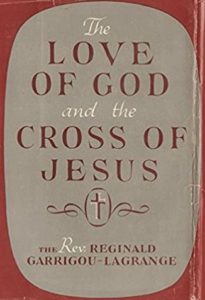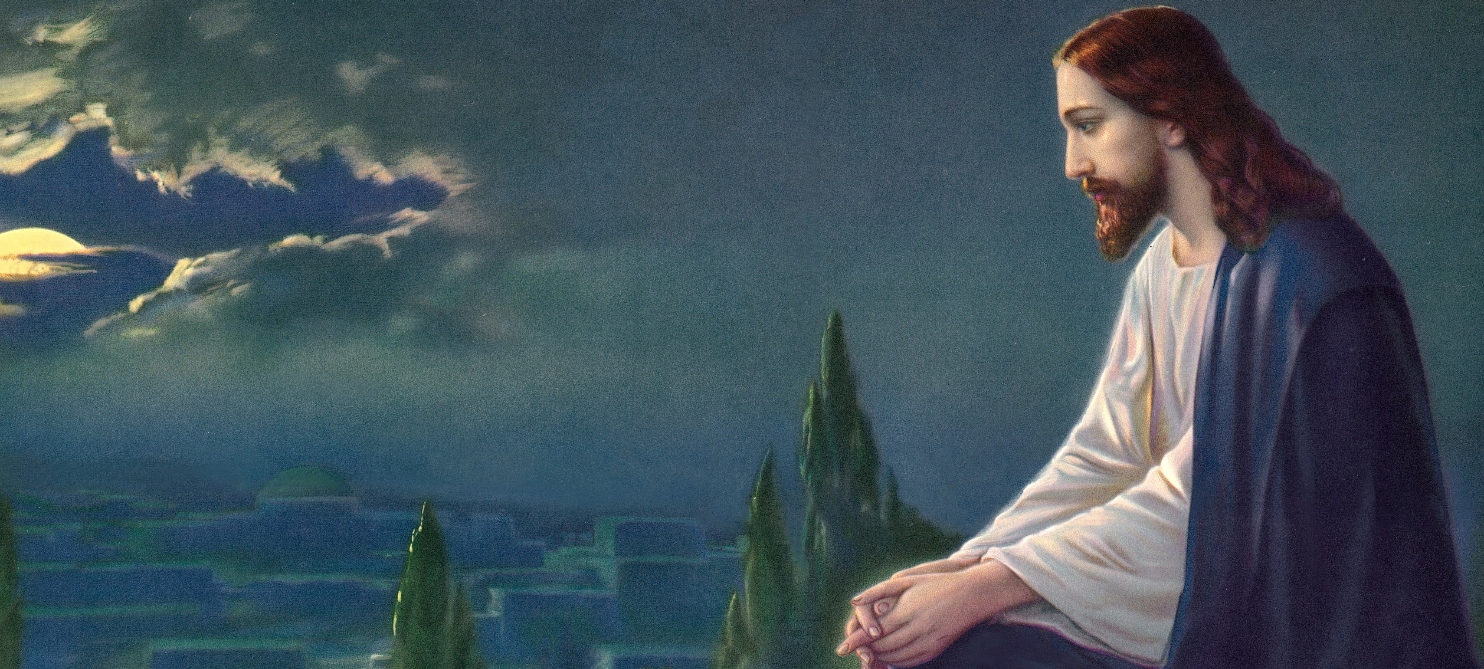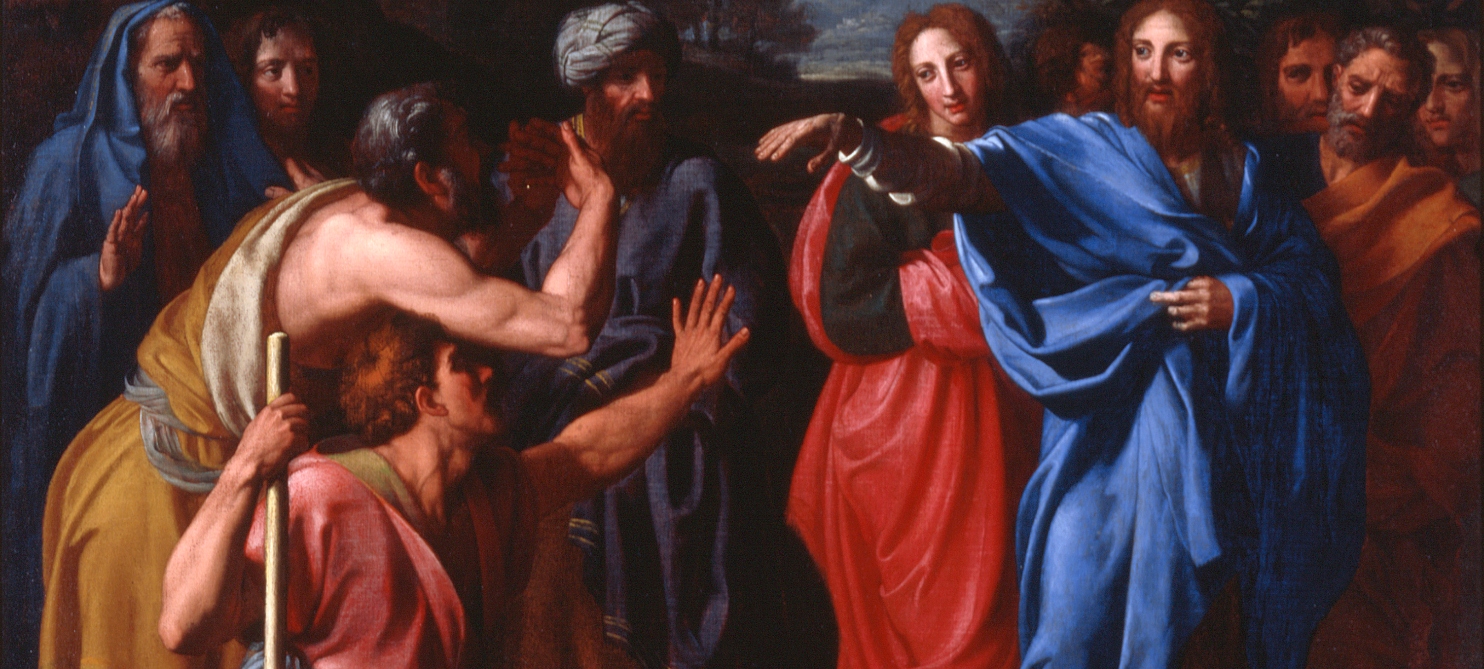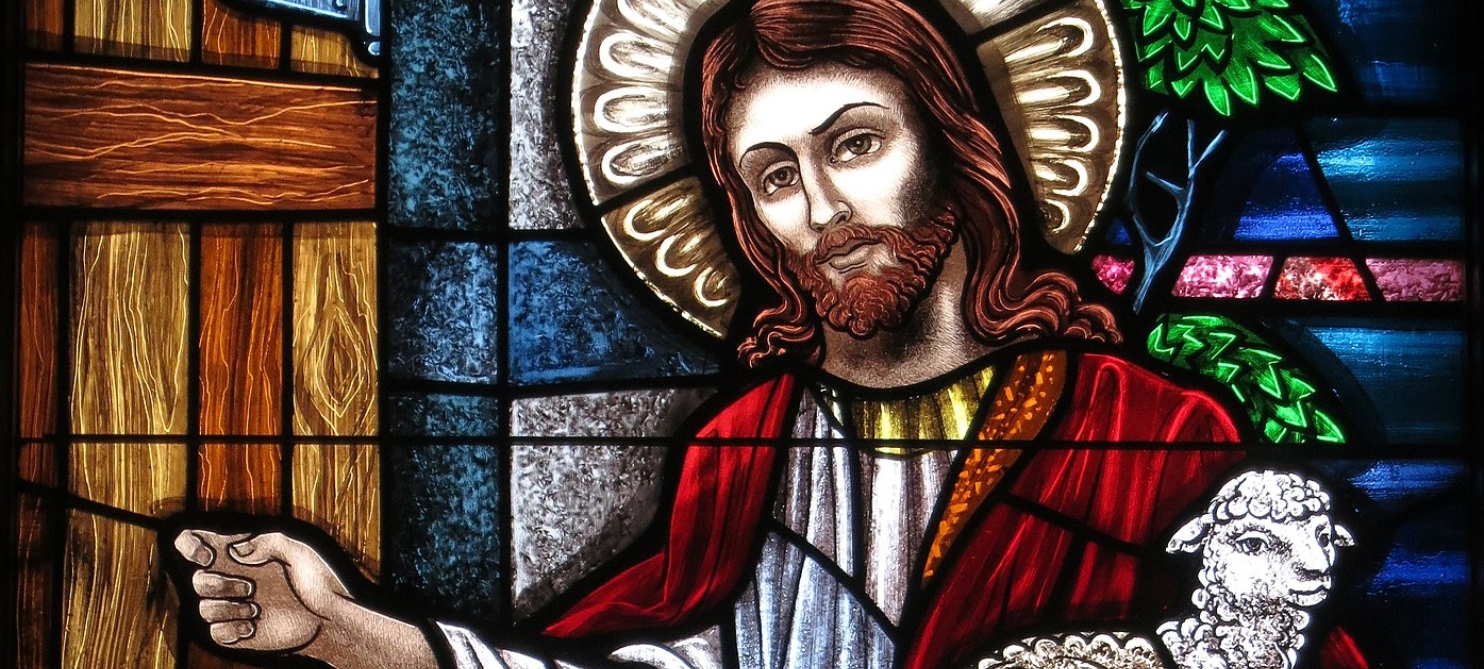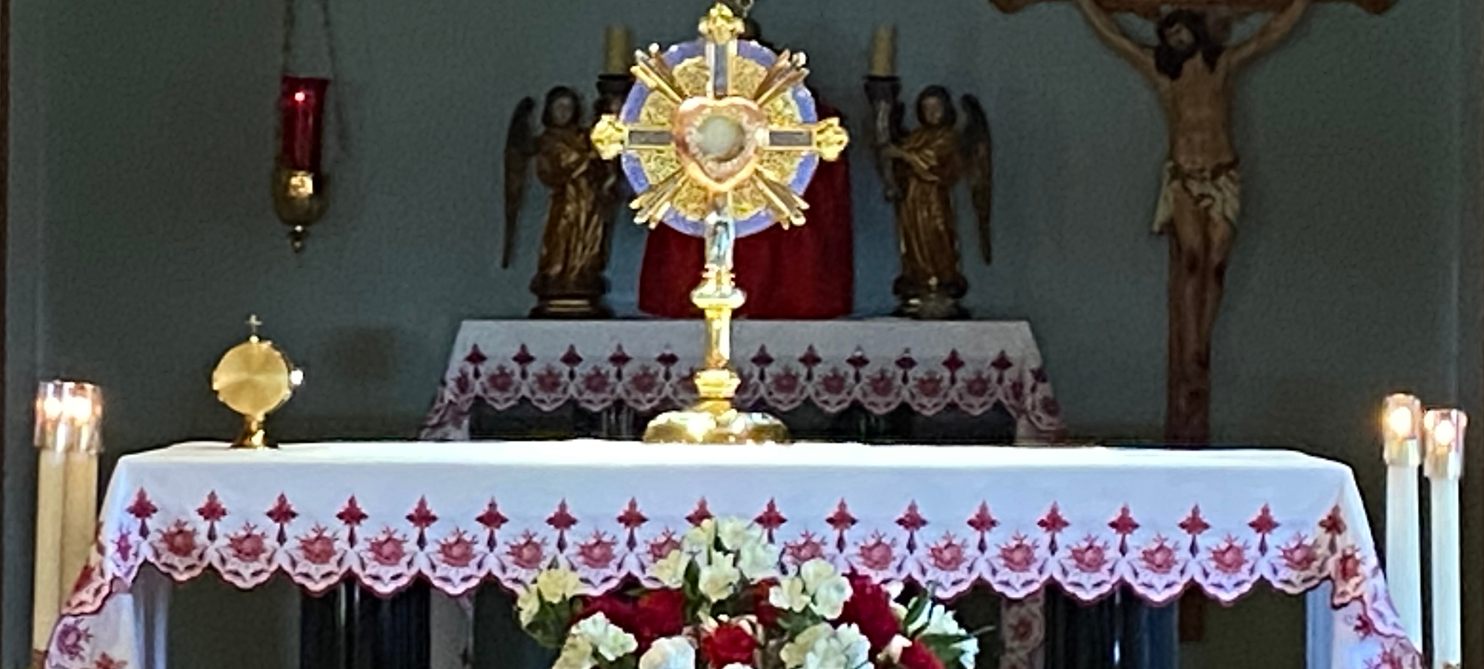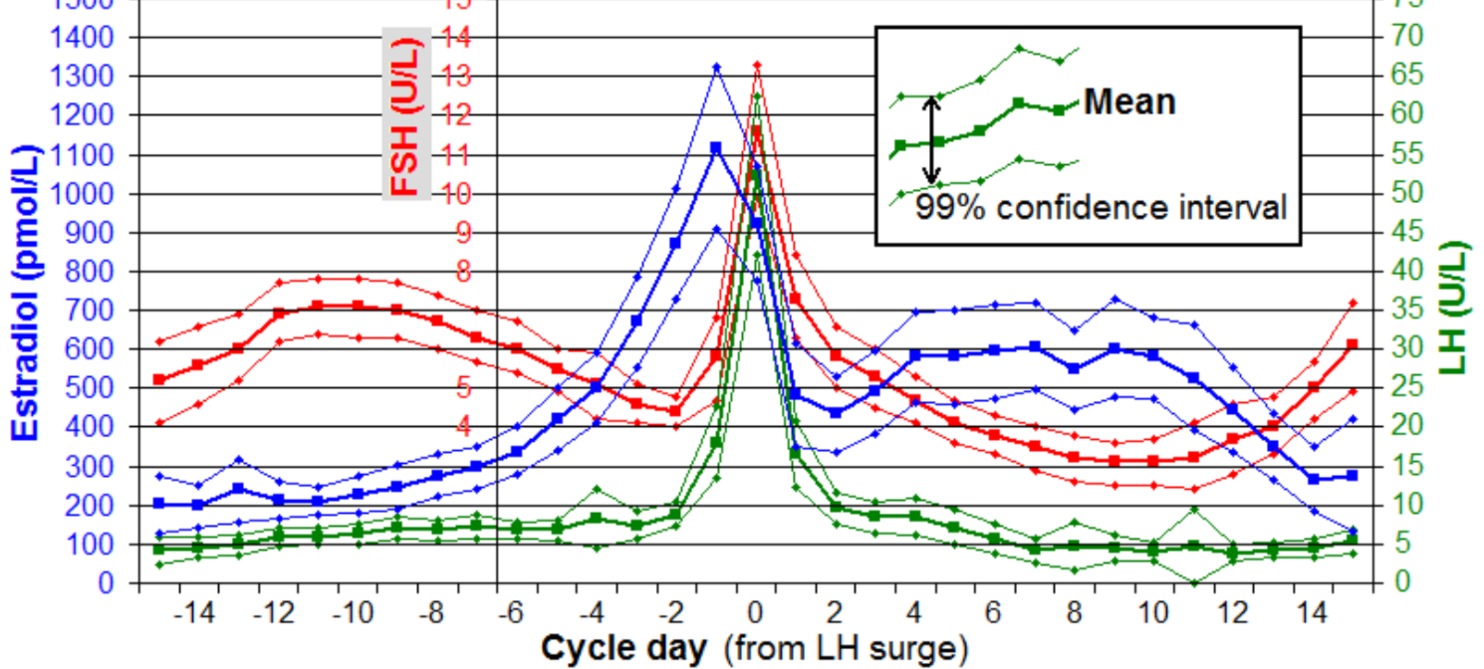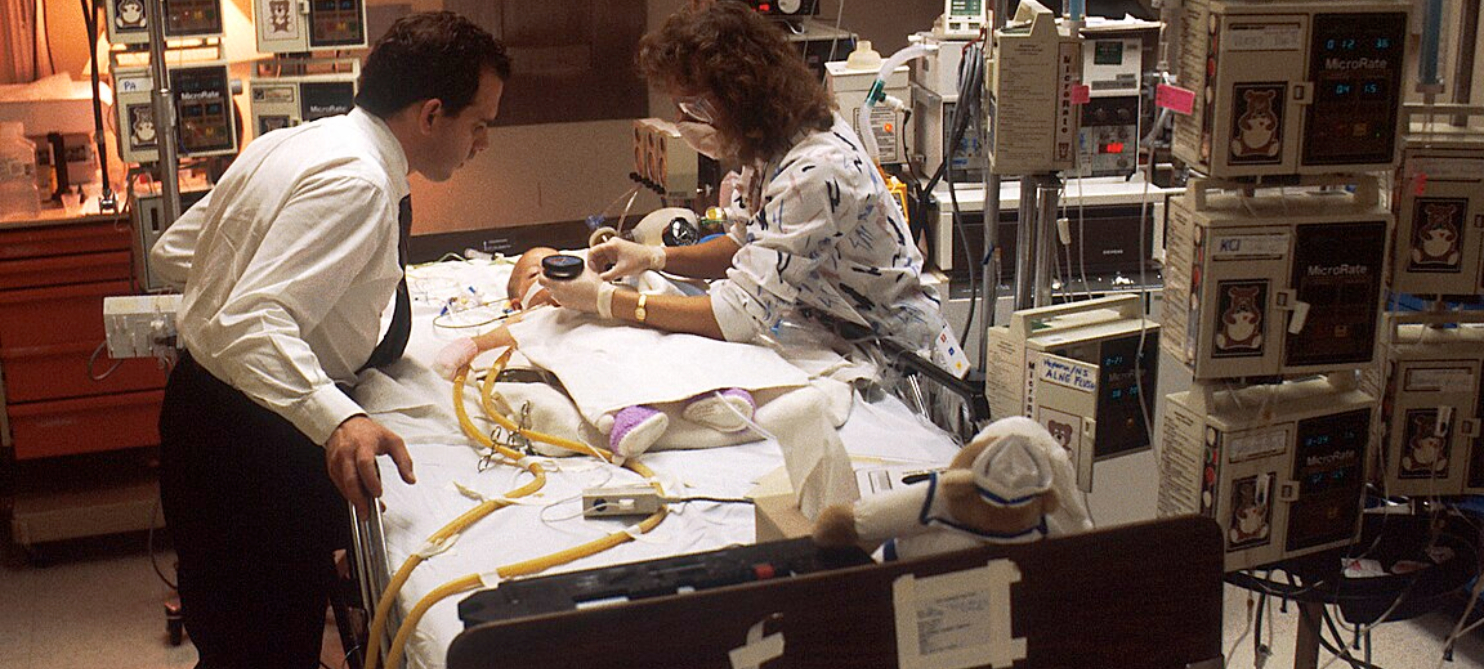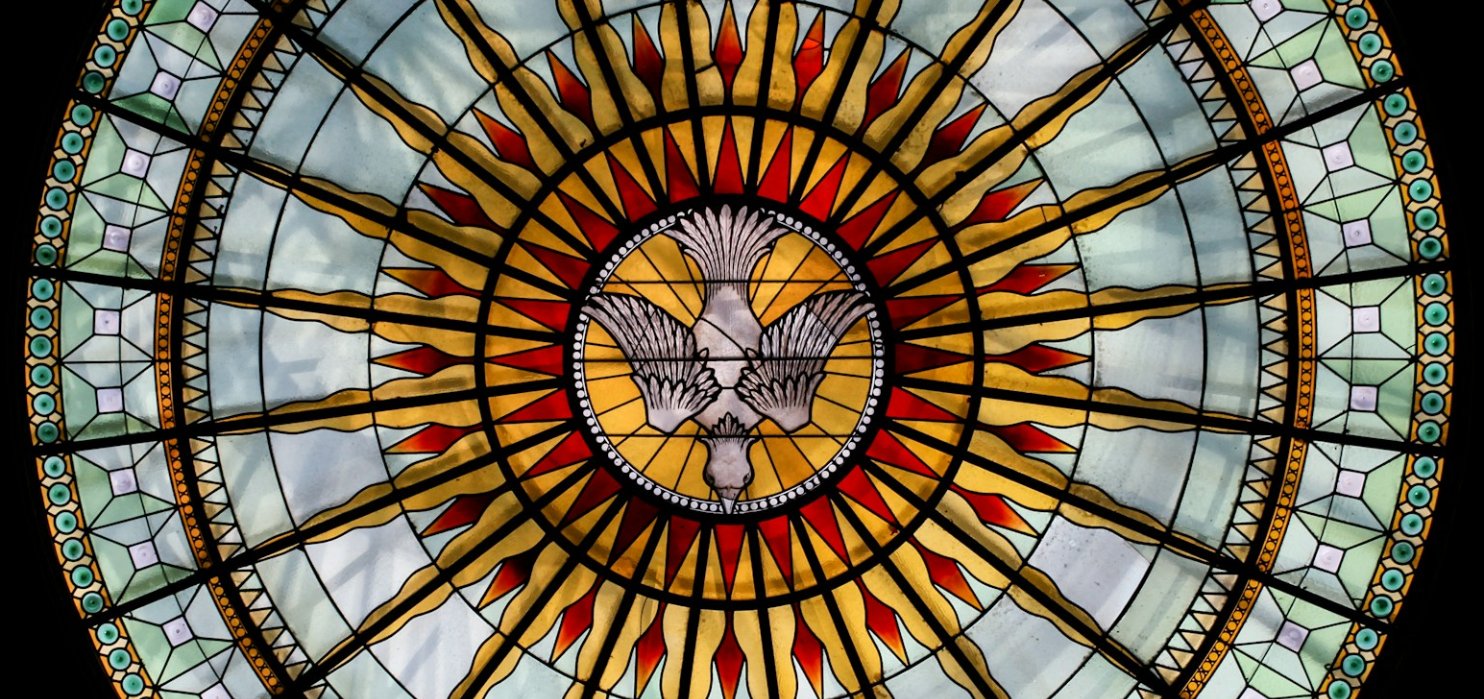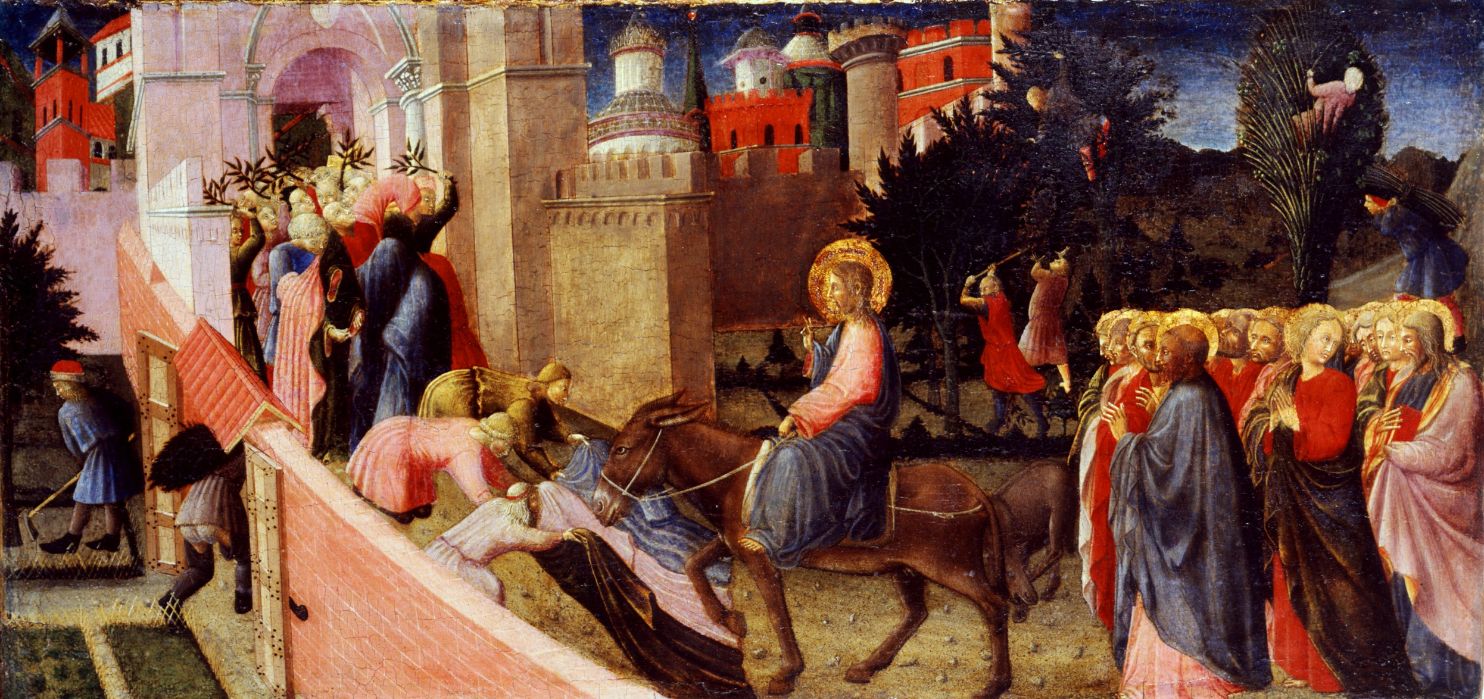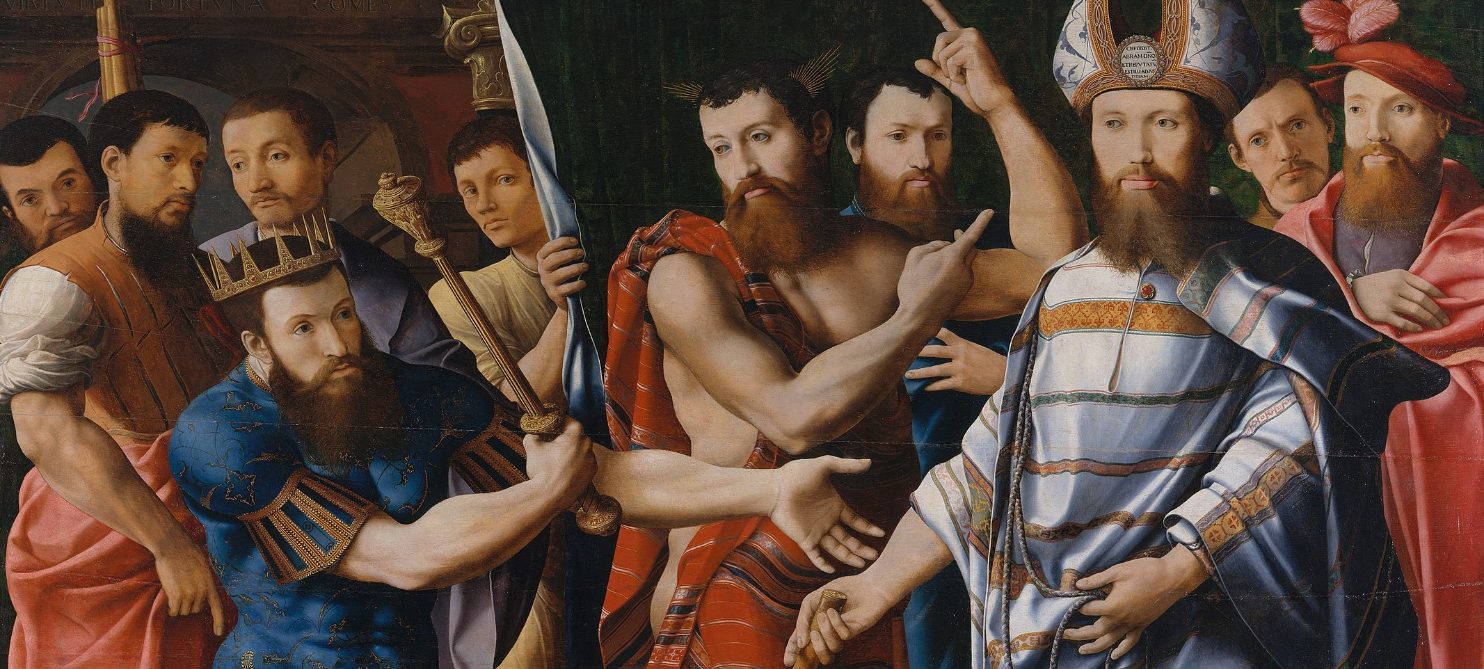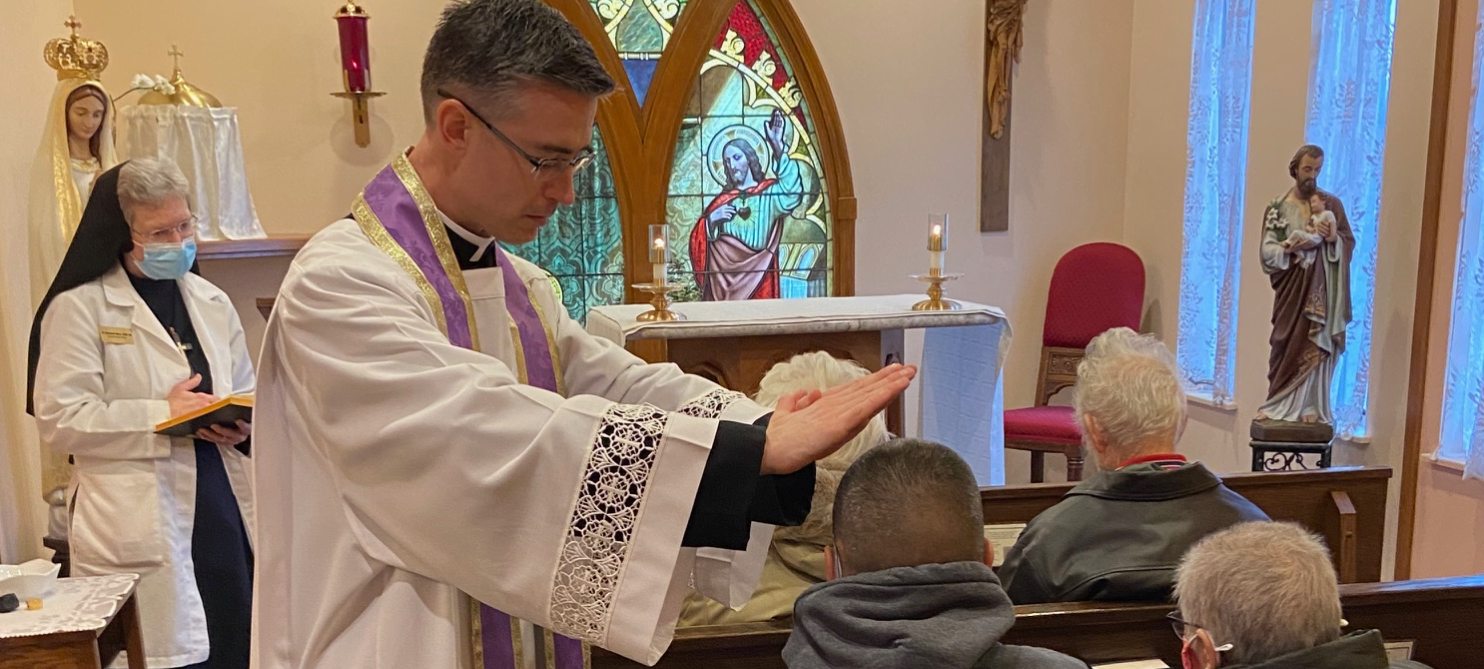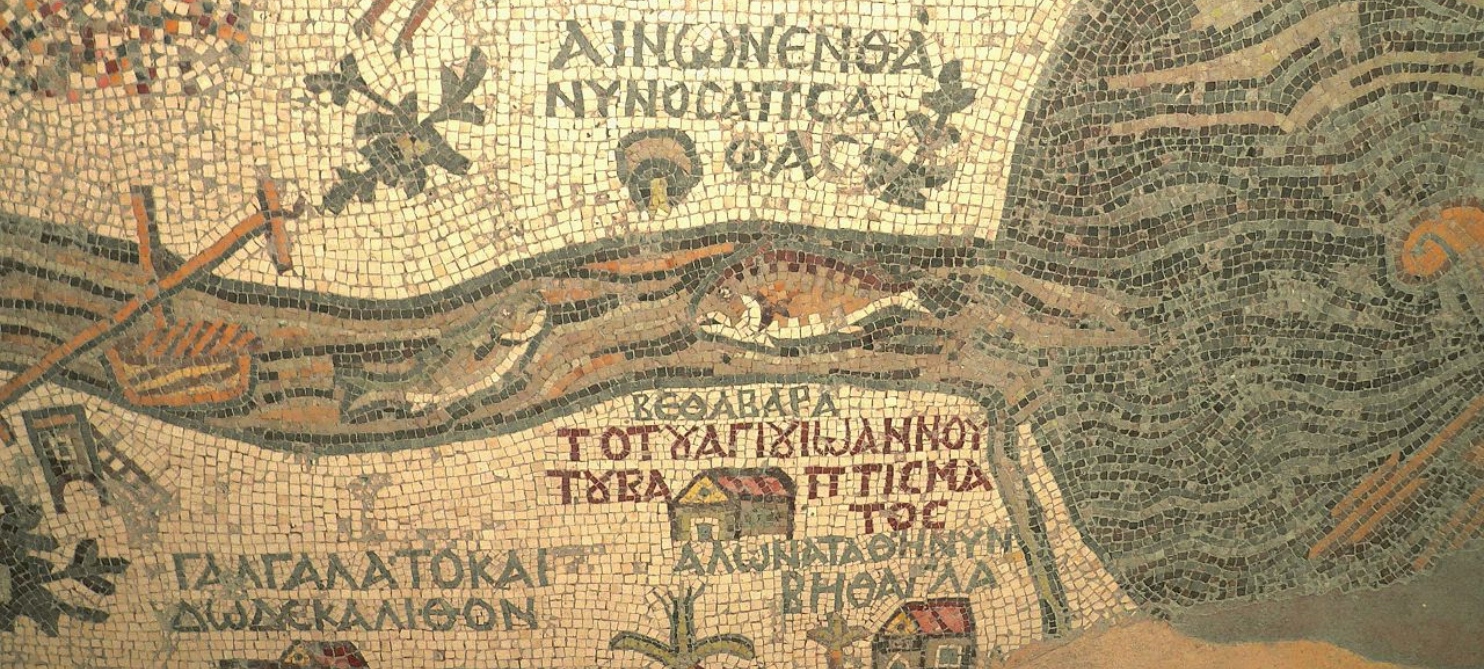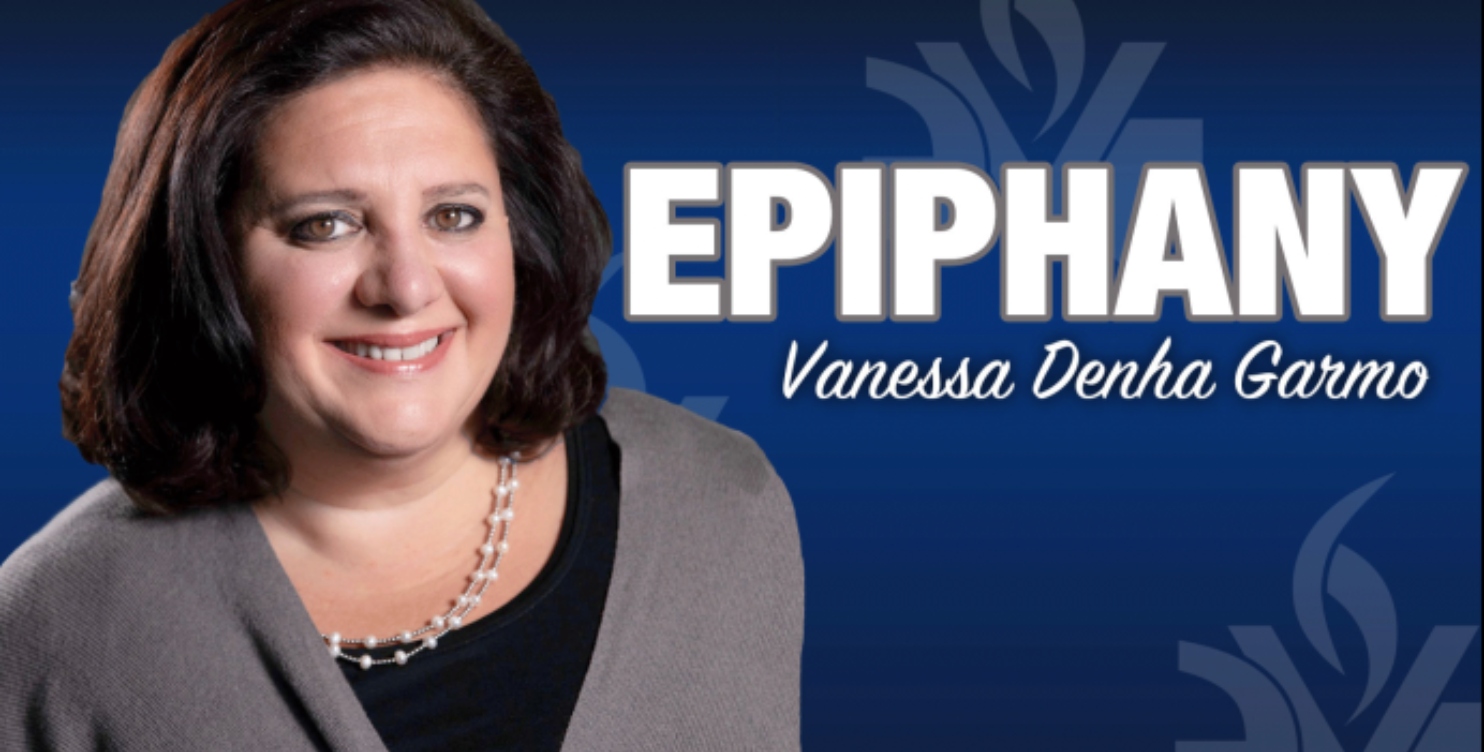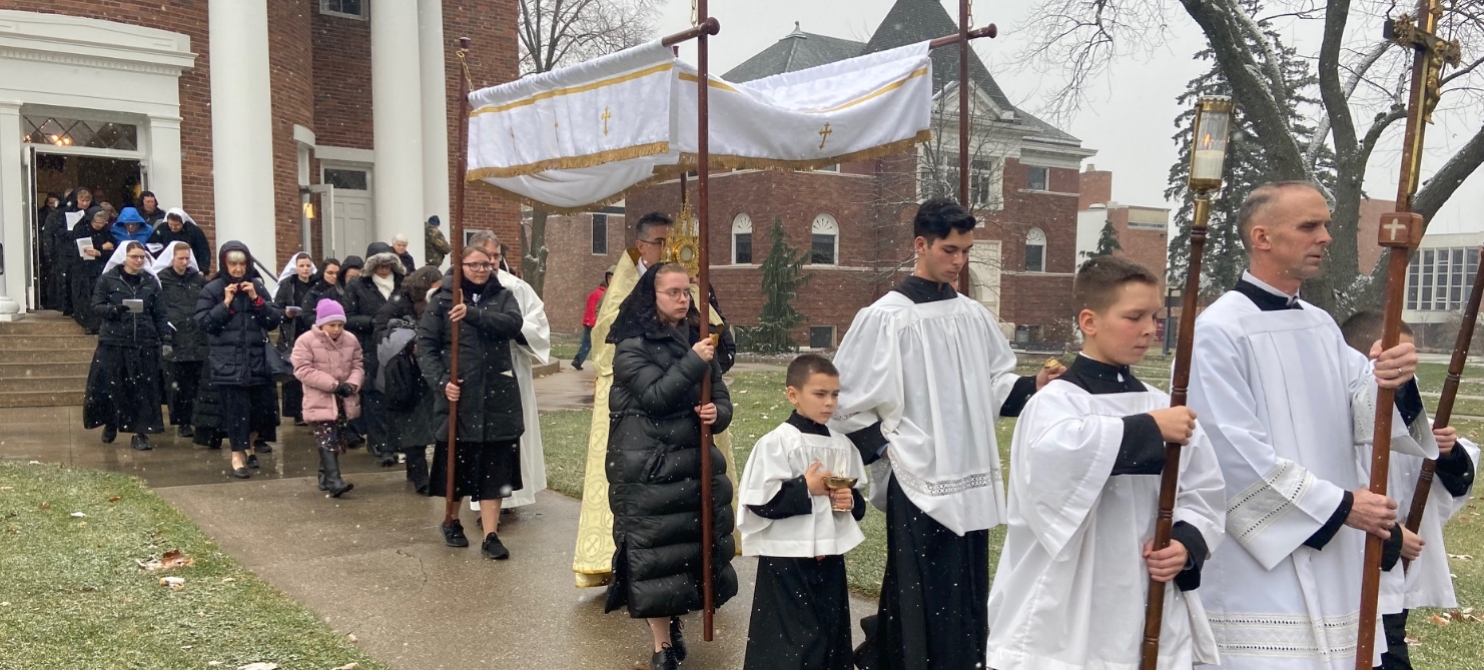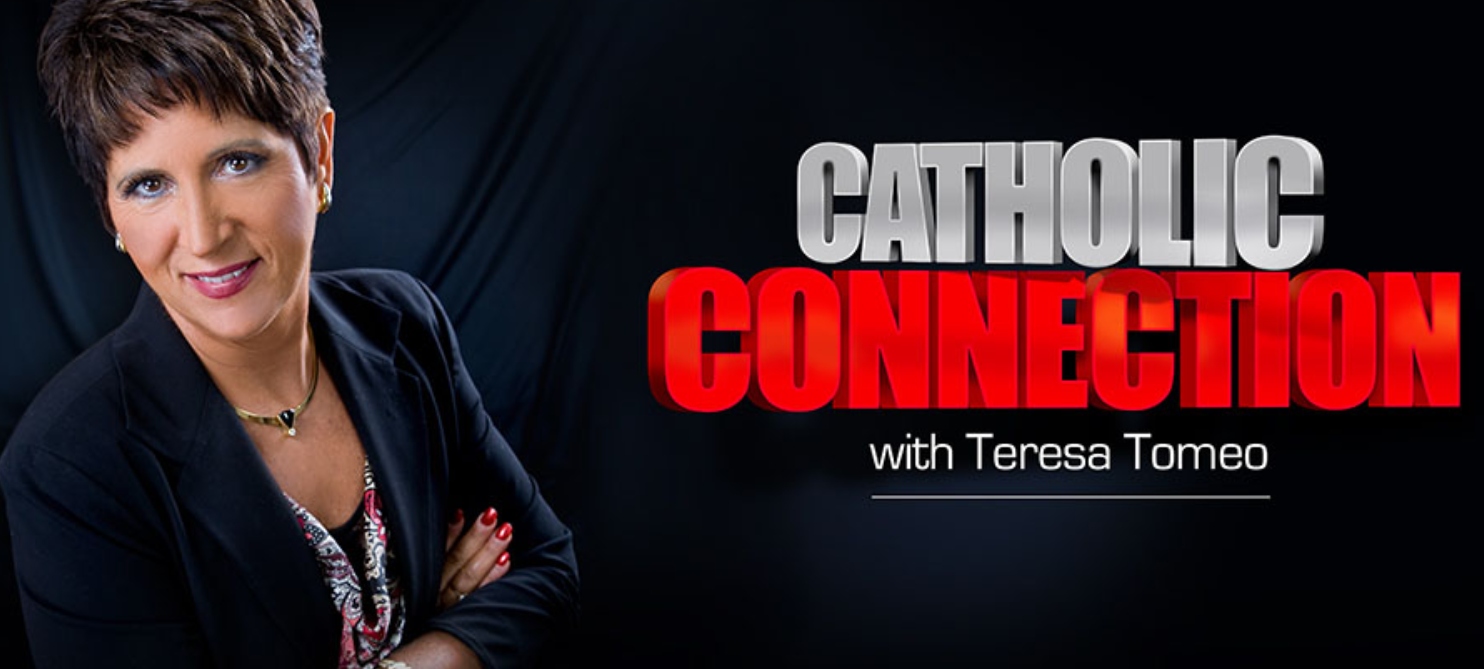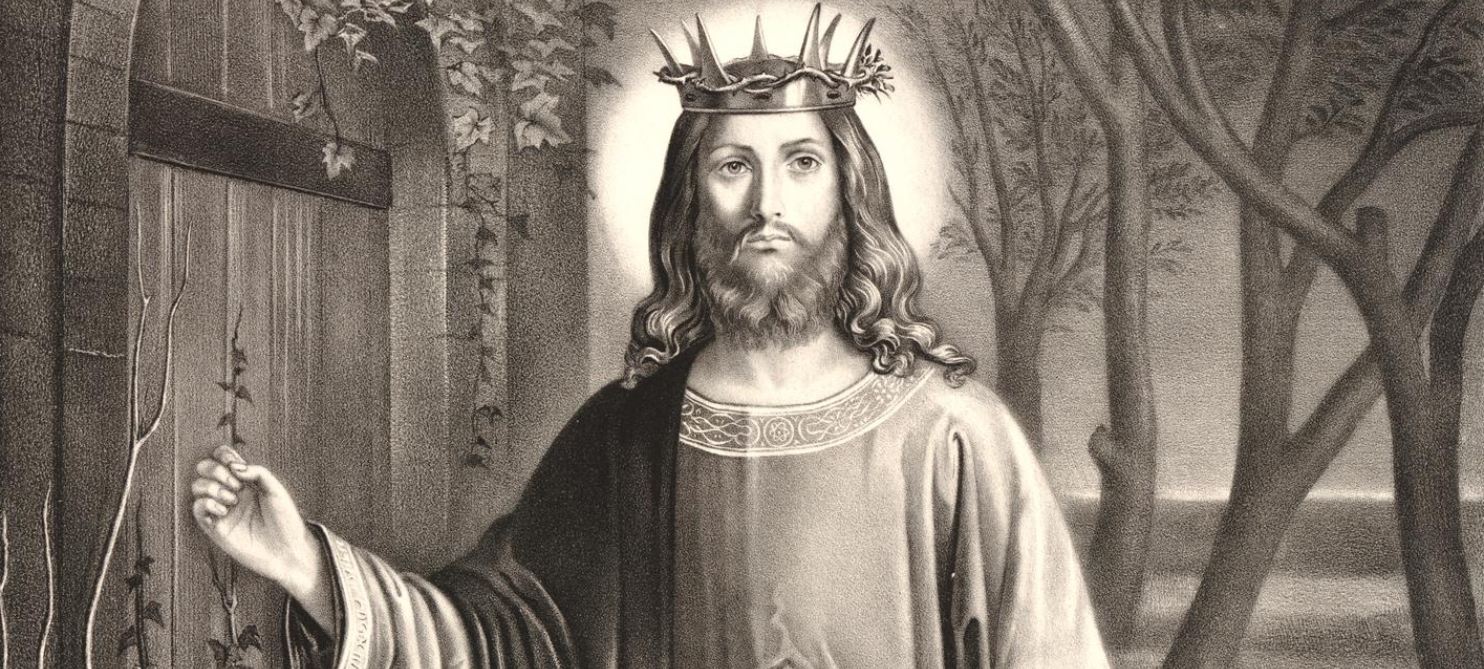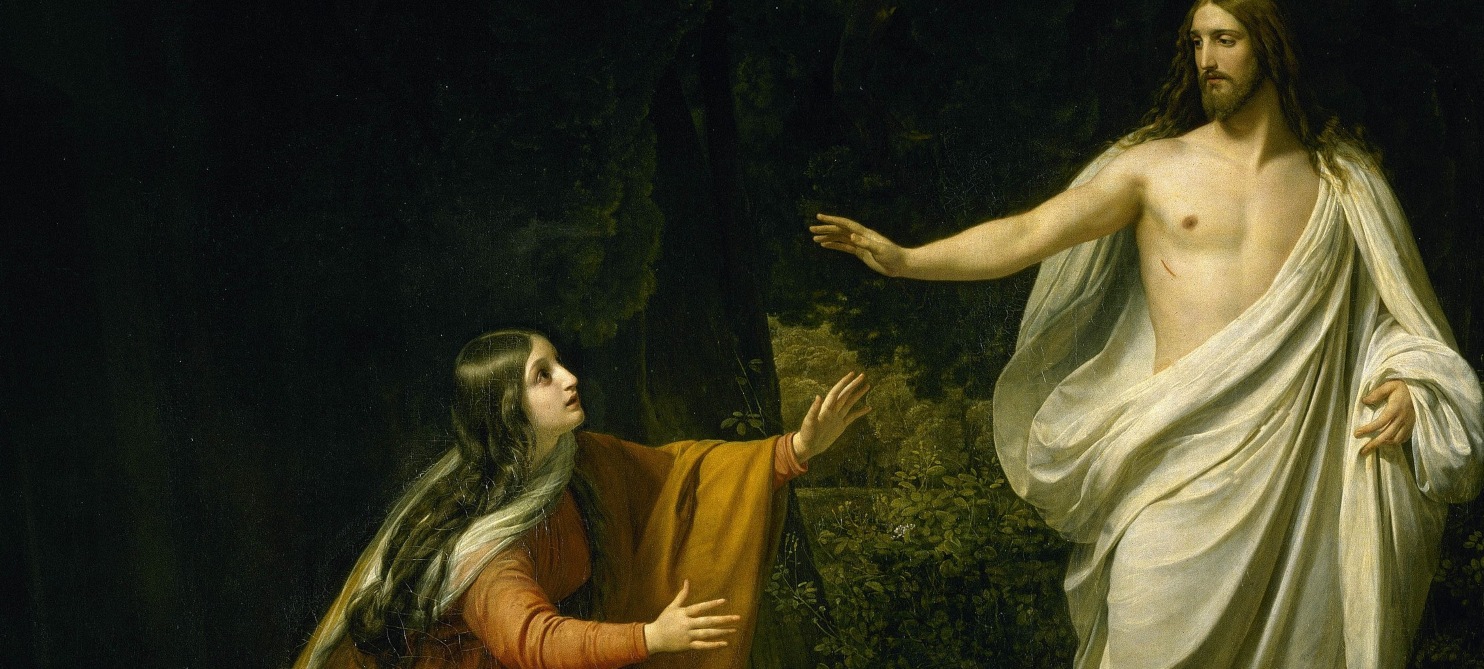Every year Christians should consider how they may grow closer to the Lord during the time of Lent. While the grace to even desire conversion first comes from the Lord drawing us to Himself, many times individuals will consider different practices to help turn their attention to the Lord in His saving Passion, death, and Resurrection. Each of these offerings or practices, united with the Lord, can be a precious means of obtaining merit, not only for ourselves, but for so many others in need. Many saints throughout the years have spoken of their desire to give everything to the Lord. And how can we do this? We can and ought to offer everything that we are to Him. This is what we are invited to do particularly in our offering of ourselves and receiving His Body and Blood in the Holy Mass.
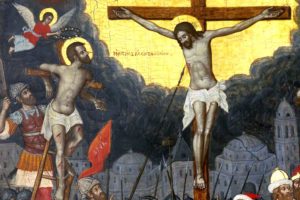
“Between the Two Thieves”
What shall I render to the Lord?
Father Reginald Garrigou-Lagrange, OP, in one of his books included a set of Stations of the Cross entitled in English, The Way of the Cross According to St. Thomas. I became acquainted with this version of the Stations of the Cross because it is one of the compilations that the Religious Sisters of Mercy use in the recitation and meditation on the Stations on Fridays most of the year, but particularly during Lent. I have been deeply struck with the beauty of the 11th Station, Jesus is Nailed to the Cross. I share this with you all because the truth is, each and every one of our actions matter and so too do our sufferings. As we travel along this pilgrim way, Christ is with us, but how often our minds with Him? In this meditation on the 11th Station, this concept of seeing everything in relation to Jesus’ sacrifice on the cross and offering everything in that “changeless moment of eternity” brings to our minds the reality of the meaning of our lives, what were meant for, and our eternal destiny.
let us live in the present moment in a higher and more realistic way
Father Reginald Garrigou-Lagrange, OP, writes:
Because the crucifixion was our Lord’s hour, His great hour and the highest point of the whole history of the world, let us look at every moment of our lives in relation to it, that we may be faithful to the grace of the present moment. Then let us see each minute not merely in the horizontal plane of fleeting time, poised between a past which is gone and must be left at God’s mercy and a future which is shrouded in uncertainty for us, but let us live in the present moment in a higher and more realistic way, seeing it in the vertical order, as it connects with the unique instant of changeless eternity, that moment of eternal dawn which never passes. We shall then come to know the infinite riches of the present moment. It slips away, but my body keeps on existing and my soul too, together with the grace which urges it, the influence of the Savior, and the three divine persons indwelling within me, provided I am in the state of grace. The present moment, no matter how laborious and lackluster it may appear, holds an infinite treasure; let us live it in such a way as to make it part of eternity, preparing for a good death, a sacrifice of adoration, of reparation, and of thanksgiving in union with our Lord.[i]
Let us go forward into these 40 days, praying for the dispositions needed to be open to conversion and to receive every grace that the Lord wishes to bestow on us during these holy days of Lent.
See the whole text: The 11th Station: Jesus is Nailed to the Cross
Image Credit: Gutiérrez, Tony. “Feast of St. Dismas, the ‘Good Thief’.” The Catholic Sun. Catholic New Service, March 25, 2019. https://www.catholicsun.org/2019/03/25/st-dismas/.
Caption: The Icon of the Crucifixion “Between the Two Thieves,” written in 1711 by Ioannis Moskos, is a multifaceted composition based on western works. In this portion of the icon the great cross with the Crucified is projected at golden depth, while black clouds are spread out around it. St. Dismas, on the left, is crowned by a flying angel, after being promised entrance into Paradise by the Lord. (Public Domain/WIKIMEDIA COMMONS)
[i] Garrigou-Lagrange, Reginald Sister Jeanne Marie, OP [Trans]. “The Way of the Cross According to St. Thomas: The 11th Station.” Essay. In The Love of God and the Cross of Jesus, Vol. 2, 430–31. London: Herder, 1951.
Posted for Ash Wednesday | February 17, 2021
